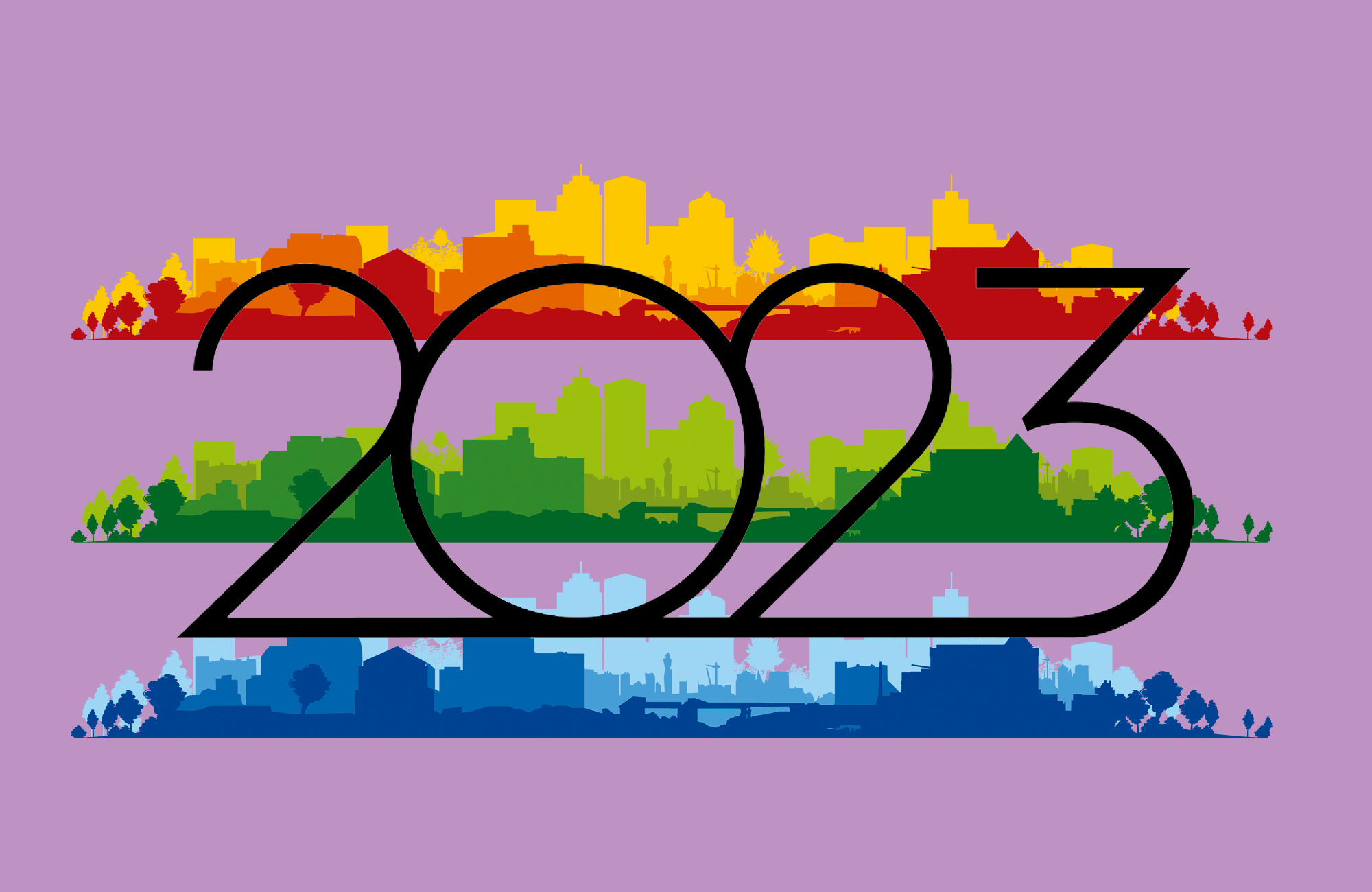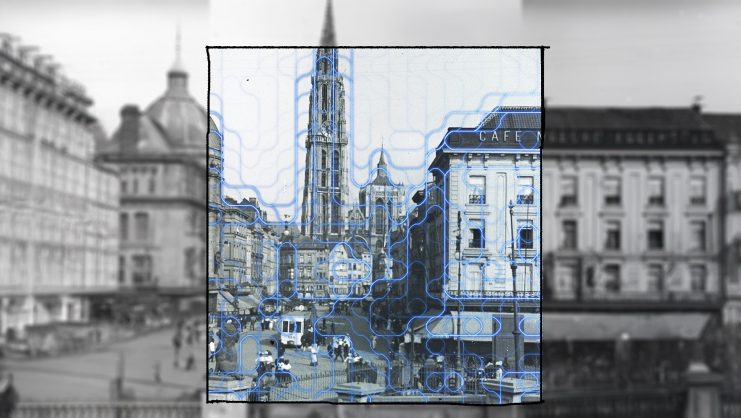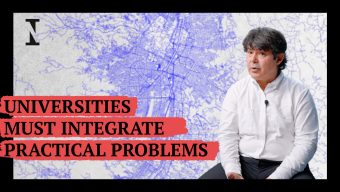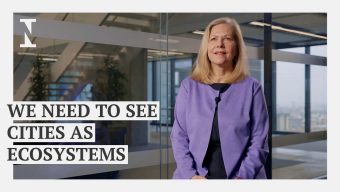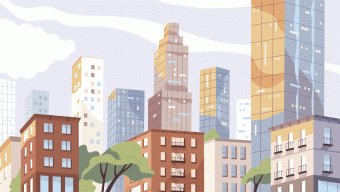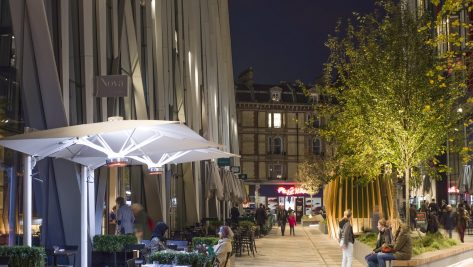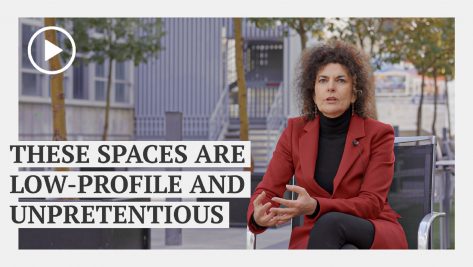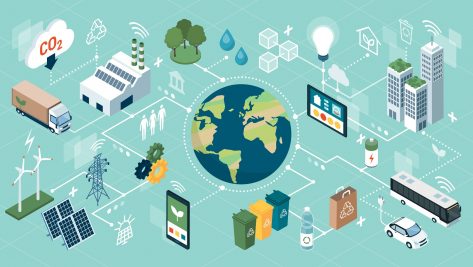In a world of hybridization and constant flux, 2023 dawns with five emerging trends that will shape our everyday urban experience.
1. From NIMBY to YIMBY
Urban transformation has morphed into a field of public protest and social mobilization, which often has a generational factor. By way of example, let’s look at the NIMBY movement (“Not in my backyard”). This idea, garnered fame in 2010 thanks to a citizen organization mainly made up of “boomers” in the San Francisco Bay Area. This group was against the construction of new housing developments because it implied an increase in the price of services in the area, yet also highlighted their fear of change, which would bring new generational groups with potentially different lifestyles. On the other side, the YIMBYS (millennials with tech jobs and staunch defenders of “YES in my backyard”), backed these new developments and, above all, were in favor of the construction of new houses.
In 2023, we will see groups continuing to fight against the impact of certain infrastructures on the environment, such as airports, highways, and data centers, over and above the NIMBY and YIMBY debate. Urban land legislation will have a major impact on all of this. In fact, in July of 2023 we will see the implementation of laws such as California’s Affordable Housing and High Road Jobs Act, which will relax the zoning restrictions that have up till now separated residential developments and offices and have encouraged the use of public transport by making parking spaces obligatory for new buildings.
2. From “never returning to the office” to TWaTs (Tuesday, Wednesday and Thursday in the office), and more
During the pandemic, many corporations, such as Google, announced teleworking as the only practice that had anything permanent about it, and there was a point when the idea that no one would go back to the office anymore was seriously considered. This greatly impacted the traditionally positive perception of major cities as dynamic, competitive hubs. At the same time, there was an improvement in urban air quality as commuting decreased, and the virtues of the countryside, of medium-sized cities, and of the suburbs many commuters had moved to were all extolled, enticed by the availability of larger houses, giving members of the same family more personal space, at affordable prices.
Then, after the Covid-19 impasse, new working routines brought back the TWaTs – an expression actually coined pre-pandemic – in reference to employees who only show up at the office on Tuesdays, Wednesdays, and Thursdays. But workplace dynamics are constantly shifting and at the end of 2022, Elon Musk told Twitter employees to return to the office five days a week to boost the company’s productivity.
Countless studies have debated the relationship between wellbeing, productivity, and the future of the office and it is with good reason that Julia Hobsbawm’s timely book The Nowhere Office has been met with such fanfare. What has become clear is that interaction and physical encounters remain fundamental, and that the need to adapt to an increasingly diverse workforce, in terms of lifestyles and age (for the first time, five generations are coexisting), makes the combination of remote and face-to-face work an interesting option for companies, with the worker choosing the formula that best suits them. We will likely see a trend towards three or four days a week on-site, mainly Tuesdays, Wednesdays, and Thursdays (yes, the TWaTs). Mondays and Fridays will be left for remote work and concentrated tasks that are not location-dependent, such as video calls and emails. What will come from all of this is a rethink on how to use our workspaces and how to repurpose them to cater to these new needs.
3. From the American Donut to the British Doughnut
As the C40 network of mayors have stated, the reduction of commuting and clustering it on specific days is a positive development for urban life, as it contributes to cutting greenhouse gas emissions in cities and thus environmental sustainability. However, it also excessively skews how we envision cities, because it focuses the debate exclusively on the flows of those who work in the office from 9 to 5, Monday to Friday. And it is precisely here that the analogy of the American donut (empty in the center) versus the British doughnut (full of jam, synonymous with life and joy) is enlightening.
In 2023, we will see the emergence of diverse neighborhoods, not only packed with activities aimed at catering to the needs of limited audiences, such as the overly exclusive Hudson Yards in New York City (a former train depot transformed into a residential, retail, cultural and tourist complex; with all the technological, architectural and design innovation trimmings) that, despite having been officially opened in 2019, is still in the process of development as a testing ground for ideas to help cities improve sustainability. There will also be the construction of Madrid Nuevo Norte, the most important urban regeneration project in Europe, which seeks to bring together office, residential, retail, commercial, and cultural areas. These new, eagerly welcomed neighborhoods are designed around a compatible mix of uses and schedules, taking into account the fact that people who inhabit neighborhoods, let alone a city, have diverse lives and needs. A tourist is not the same as a schoolchild who is not the same as an office worker. This is what the British architect Peter Murray called for at the beginning of 2022 for post-COVID London, suggesting the need to rethink the city, not only in regards of the workers who flood into it three days a week, but also in terms of its ongoing use, based on a range of daytime and nighttime services.
4. From DEI (Diversity, Equity, and Inclusion) as a set of principles to a true action plan
The mainstreaming of DEI standards has gone from being a medium-term strategic objective to a roadmap that deserves major visibility in our cities. City centers and neighborhoods must be energized and this effort is backed by local authorities as well as by the networks of cities to which many of them belong.
In 2023, our city centers and neighborhoods will experience a major resurgence. A wave of new business openings focusing on generating third-space dynamics: a specialty coffee bar, a local LGBTQ+ bar, or a dog grooming salon will become hubs that build momentum and community ties that revitalize neighborhoods and city centers. In turn, festivals and events such as gay pride, which have returned strongly thanks to support from municipalities, champion the importance of public spaces for citizens. Improvements that foster outdoor living and socializing such as pedestrianizing city centers, widening sidewalks, following universal design principles that leave no one behind, and encouraging everyone to interact and enjoy the public space, also mean tackling issues such as overtourism, inequality, and air pollution
5. From metaverse cities as science fiction to an extended reality urban experience
Cities like Dublin and Singapore, among others, have launched their digital replicas (some misnamed as metaverses) for urban planning purposes, using machine learning to predict future events and trends. Along these lines, ever more powerful digital twins will enable data-driven decisions and will have a high take-up rate among city governments with the promise to make cities more resilient. Some estimate that by 2025 there will be over 500 digitally replicated cities. However, in 2023, with the emergence of new headsets featuring VR, AR, and XR, we will see an overlap between physical and virtual reality experiences. In addition, there is the growing use of extended reality applications, which have resulted in cities like Stirling in Scotland being able to capitalize on tourism, claiming to be the first city in the world to exist entirely in augmented reality. We find another example in the Tourism Office of Zagreb, the capital of Croatia, staging a giant virtual art exhibition, called Art Future, in October, for all those who downloaded an application on their phones. In the same vein, the inCitu application used in New York City enables citizens to participate in the city’s urban planning.
All of these initiatives have been gradually gaining ground and will continue to do so in 2023, making us aware that the already complex urban reality is a constantly adapting multilayered environment.
© IE Insights.



